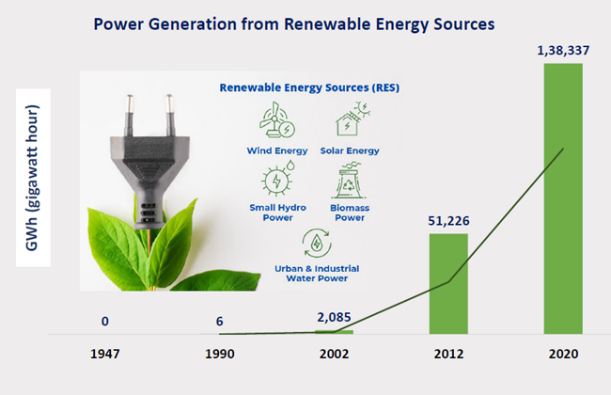Free Courses Sale ends Soon, Get It Now


Free Courses Sale ends Soon, Get It Now



Disclaimer: Copyright infringement not intended.
Context:
Government’s Statement: India’s four-plank energy security strategy revolves around-
Strategy:
Diversifying Sources of Supplies
Renewed Focus on Finding and Producing More Oil and Gas Domestically
|
Oil fields in Rajasthan state are emerging as major oil and gas producers. In 2021, Reliance BP also started production from the Krishna Godavari basin gas fields substantially enhancing indigenous gas production. India is making a big push for oil and gas exploration in Andaman deep water basin as well as North East Region. |
Switching To Alternate Energy Sources

Using Gas and green hydrogen as a pathway to the energy transition
© 2024 iasgyan. All right reserved